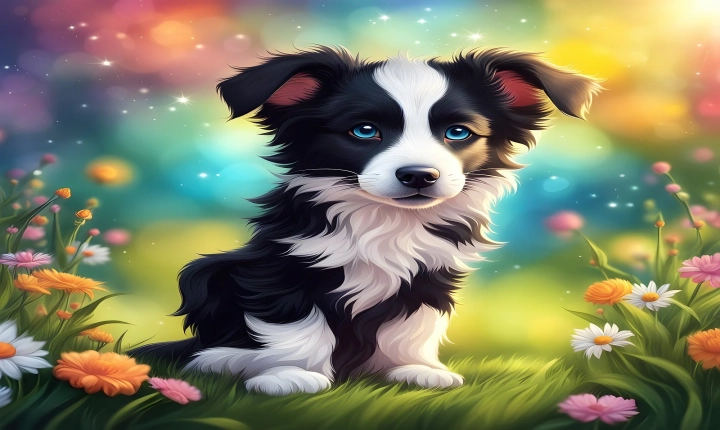As technology continues to advance, the world of art is not immune to its impact. One of the most significant changes in the art world is the rise of AI-generated art. With the help of machine learning algorithms, AI has the ability to produce artwork that blurs the line between human creativity and computer-generated imagery. This has sparked a debate about the nature of AI art and how to distinguish it from traditional human-created art.
So, how can one tell if a piece of art has been generated by AI? There are several key indicators to consider:
1. Style and Technique: AI-generated art often has a distinctive style or technique that is characteristic of the algorithms used to create it. These can range from surreal and abstract to hyper-realistic or even mimic specific artistic movements or individual artists. However, while AI can replicate certain styles, it may lack the emotional depth and creative nuances of human artists.
2. Repetition and Variation: AI-generated art can often exhibit patterns of repetition and variation that are difficult for a human artist to replicate consistently. This can be seen in the mathematical precision and systematic variations within the artwork.
3. Procedural Generation: AI-generated art often involves procedural generation, where the algorithm follows a set of rules or parameters to produce a unique piece of art. This can result in a level of complexity and detail that is challenging to achieve through traditional artistic methods alone.
4. Data-Driven Inspiration: AI art can be influenced by data inputs, such as analyzing large datasets of existing artworks to generate new pieces. This can lead to unexpected combinations and compositions that may be difficult for a human artist to conceive.
5. Artistic Intent: Despite the lack of consciousness and emotional depth in AI, there can still be a sense of artistic intent conveyed through the artwork. However, this intent is inherently different from the genuine emotions and experiences expressed by human artists.
As AI art becomes more prevalent, it is important to recognize and appreciate its unique qualities while also acknowledging its limitations. While AI can produce impressive and thought-provoking art, it is crucial to preserve the value of human creativity and the human experience in the art world.
In conclusion, discerning whether a piece of art is AI-generated requires a critical examination of its style, technique, and underlying processes. As the boundaries between traditional and AI-generated art continue to blur, a deeper understanding and appreciation of both forms of creation will be essential for the future of the art world.
